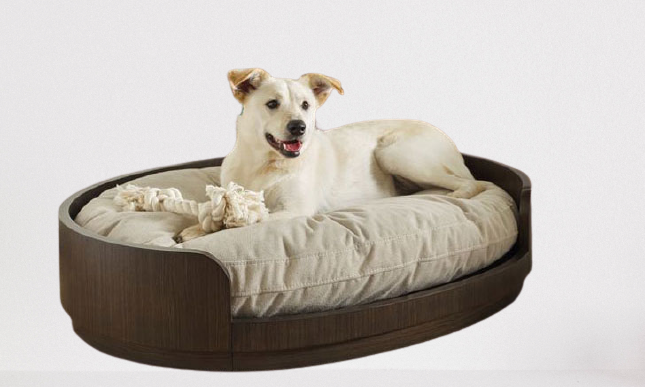The process of puppy training begins soon after you bring your new addition home. This is an exciting time in your puppy’s life, so it’s the perfect time to begin your training. Houston veterinarian Brian Beale recommends that you feed your puppy three times a day, and take him out frequently. The goal is to housebreak your dog within a week, but it will likely take several days before you see results. To achieve this, make sure that you feed your puppy at least seven times a day.
After your puppy has successfully responded to a command, you can move on to other training techniques. The use of pressure helps you get your puppy to do what you want. Release the pressure once the desired response has been achieved. Try this first with your puppy, and then you can move onto other methods. If your dog doesn’t respond right away, you can use positive reinforcement such as praise and affection. Using a positive approach will give your puppy a sense of accomplishment.
As a puppy grows, it is important to use a positive reinforcement training method. Whenever your puppy responds to your touch, he will be more likely to want to repeat the behavior. You should also make sure that you have enough treats available to reward your pup for the behavior. In this way, you can create a sense of security for your pet. During the early stages of puppy training, it is important to stay consistent.
When you start training your puppy, you need to make sure everyone in the family is responsible for taking care of your new pup. Have a family meeting to decide who is going to take care of the puppy and what the rules are. When you are teaching your puppy a command, make sure to use the same word and hand signal for the same action. Be consistent and use the same word or hand signal for each command. By the time your puppy learns a command, it will have an easier time repeating the action.
The next step in puppy training is to take your puppy outside. If you are not home, your puppy may retreat to the corner of the house and think it’s an acceptable place to potty. When supervised, you can teach your dog to go outside by letting him out in the yard. It’s also important to reward your puppy with treats when it responds well to commands. Your dog may not have realized they’re about to pee without a treat, so a little bit of extra encouragement can go a long way.
It’s important to remember that a dog’s brain is a complex organ. It takes years for a puppy to develop these pathways, which are built to help the dog repeat a behavior. Eventually, you’ll be able to let your puppy out of the house on its own. By limiting the amount of time your puppy spends in the house, you’ll build a strong bond with your puppy.
You can also use non-invasive techniques to help your puppy learn a new command. You can touch your puppy’s neck and face while releasing the treat. This technique helps your puppy learn to associate the action with the right response. It’s also a great way to teach your puppy to recognize and remember the behavior of your choice. This can help them make the most appropriate decisions for their future. If you’re unsure of how to train your puppy, it’s always better to seek advice from a professional.
You should set up a meeting with your family members before you bring your puppy home. Discuss the rules for your new family member and the puppy. As a rule, teach your puppy that “down” means lie down, not getting off the couch. Children must learn how to pick up their puppy properly. Sit down on the floor and place it on your lap. If you’re not sure how to properly pick up a puppy, you should ask for help from a professional.
In addition to setting up a meeting with your family, you should also teach your puppy a couple of commands. A good command, such as “down,” should be consistent with what your family members need. For example, “down” can mean getting off the couch. When a puppy responds to the command, he or she should sit down. When you’re training a puppy, you can make sure that everyone is happy and comfortable with each other.

the gorila is news magazine . gorila magazine will upload general news ,fashion ,tech,halth,business etc post
contact for author robston189@gmail.com


